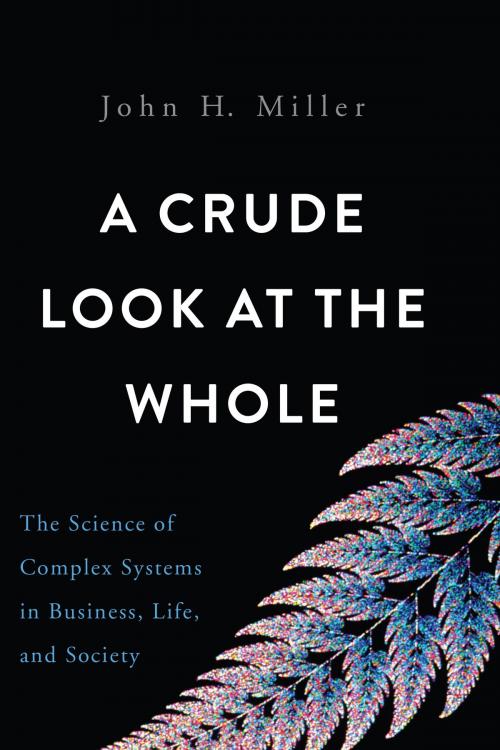A Crude Look at the Whole
The Science of Complex Systems in Business, Life, and Society
Nonfiction, Science & Nature, Science, Physics, Chaotic Behavior, Other Sciences, System Theory, Business & Finance, Economics, Theory of Economics| Author: | John H. Miller | ISBN: | 9780465073863 |
| Publisher: | Basic Books | Publication: | January 5, 2016 |
| Imprint: | Basic Books | Language: | English |
| Author: | John H. Miller |
| ISBN: | 9780465073863 |
| Publisher: | Basic Books |
| Publication: | January 5, 2016 |
| Imprint: | Basic Books |
| Language: | English |
A top expert explains why a social and economic understanding of complex systems will help society to anticipate and confront our biggest challenges
Imagine trying to understand a stained glass window by breaking it into pieces and examining it one shard at a time. While you could probably learn a lot about each piece, you would have no idea about what the entire picture looks like. This is reductionism--the idea that to understand the world we only need to study its pieces--and it is how most social scientists approach their work.
In A Crude Look at the Whole, social scientist and economist John H. Miller shows why we need to start looking at whole pictures. For one thing, whether we are talking about stock markets, computer networks, or biological organisms, individual parts only make sense when we remember that they are part of larger wholes. And perhaps more importantly, those wholes can take on behaviors that are strikingly different from that of their pieces.
Miller, a leading expert in the computational study of complex adaptive systems, reveals astounding global patterns linking the organization of otherwise radically different structures: It might seem crude, but a beehive's temperature control system can help predict market fluctuations and a mammal's heartbeat can help us understand the "heartbeat" of a city and adapt urban planning accordingly. From enduring racial segregation to sudden stock market disasters, once we start drawing links between complex systems, we can start solving what otherwise might be totally intractable problems.
Thanks to this revolutionary perspective, we can finally transcend the limits of reductionism and discover crucial new ideas. Scientifically founded and beautifully written, A Crude Look at the Whole is a powerful exploration of the challenges that we face as a society. As it reveals, taking the crude look might be the only way to truly see.
A top expert explains why a social and economic understanding of complex systems will help society to anticipate and confront our biggest challenges
Imagine trying to understand a stained glass window by breaking it into pieces and examining it one shard at a time. While you could probably learn a lot about each piece, you would have no idea about what the entire picture looks like. This is reductionism--the idea that to understand the world we only need to study its pieces--and it is how most social scientists approach their work.
In A Crude Look at the Whole, social scientist and economist John H. Miller shows why we need to start looking at whole pictures. For one thing, whether we are talking about stock markets, computer networks, or biological organisms, individual parts only make sense when we remember that they are part of larger wholes. And perhaps more importantly, those wholes can take on behaviors that are strikingly different from that of their pieces.
Miller, a leading expert in the computational study of complex adaptive systems, reveals astounding global patterns linking the organization of otherwise radically different structures: It might seem crude, but a beehive's temperature control system can help predict market fluctuations and a mammal's heartbeat can help us understand the "heartbeat" of a city and adapt urban planning accordingly. From enduring racial segregation to sudden stock market disasters, once we start drawing links between complex systems, we can start solving what otherwise might be totally intractable problems.
Thanks to this revolutionary perspective, we can finally transcend the limits of reductionism and discover crucial new ideas. Scientifically founded and beautifully written, A Crude Look at the Whole is a powerful exploration of the challenges that we face as a society. As it reveals, taking the crude look might be the only way to truly see.















